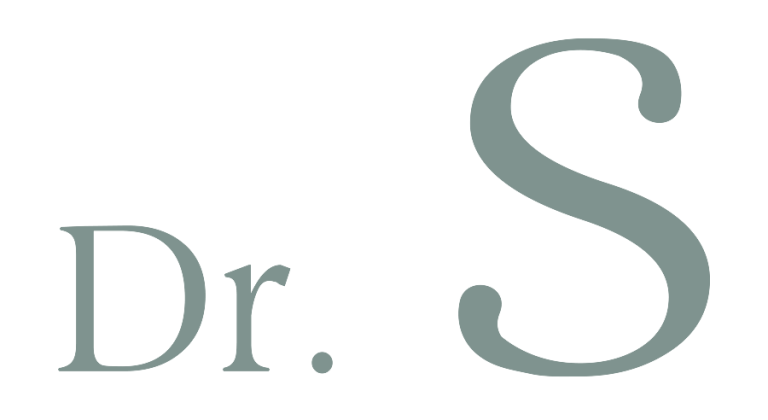Nail Problems


Dr. Sharma's Treatment For Nail Problems
Our fingernails are very thin and malleable and it is necessary to understand the different things that can happen to them. Some of these changes might direct you to look for a doctor for nail problems and others might just heal themselves and disappear with the passage of time.
Some common changes that can be seen are pain in and around the nails, discoloration (streaks, spots, or changes in nail color), nail separation from the bed, change in shape (curling or ingrowing) or thickness, bleeding, swelling, or redness along with the nails.
As we have specified earlier, nails are a mirror into your own body and different conditions of the nail can hint at what changes are happening in the body, some of these common changes are described below, but even then, you do need to find the best nail problem clinic in Delhi for effective treatment and management of these.
· Beau’s Lines – Small depressed lines that run across the fingernail are a sure shot sign of malnourishment. Other causes of these depressed lines can be high fever, uncontrolled diabetes, and zinc deficiency.
· Ingrown Toenails – This happens when the edges and corners of the nails grow into the skin. The big toe is most likely to get an ingrown toenail as it is bigger. Ingrown nails can be easily managed at home by regularly clipping them and keeping the corners rounded. However, if they become too ingrown, then they might require medical treatment like nail avulsion (partial or complete) where the nail is separated from the nail bed to help it heal and recuperate.
· Clubbing – Usually occurs when the nails thicken and start to curve are is associated with low oxygen in the blood and other conditions such as liver disease and bowel disease.
· Nail fungus – A common occurring condition that begins with a white or yellow spot under the tip of your nail and as it grows and goes deeper, the fungal infection may cause discoloration, crumbling, and thickening of the nail. The most common treatment method is to take prescribed anti-fungal drugs and use topical anti-fungal powders or creams to the affected nails. However, as oral and topical treatments have their limitation, a more advanced modern medicine technique is Q-switched Nd: YAG laser which emits a long and almost infrared ray that penetrates the skin and promotes healing.
· Koilonychia – A condition when your fingernails are raised around the ends and tend to scoop out like a spoon, it is also known as “spooning.” Spooning can be a sign of hypothyroidism, iron deficiency anemia, liver disorder, or lupus.
· Leukonychia – When white spots develop on the nail which is usually associated with minor trauma and is harmless and does not need to be managed medically in healthy individuals. However, it sometimes is also related to poor health and nutritional deficiencies as well as other factors such as metabolic, infectious, or systemic diseases as well as the use of certain medications.
· Nail separation – A condition when the nail starts to separate itself from the nail bed and causes white discoloration. The most common cause for this is infection and trauma but other causes can also be a reaction to cosmetic products and thyroid disease.
Nail problem treatment for the conditions and signs listed above are just a few and do not make it certain that you have any medical condition. If you feel that something is up and your nails are looking or feeling abnormal then look for a dermatologist near you who you can visit and who can help you determine what steps need to be taken, if proper care is not enough.
Ways to keep your nails healthy and fit can be easy and need not be expensive. There are conservative nail management methods that can be useful for the management of a mild infection or nail condition which can include:
- Soak the affected nail in warm and soapy water.
- Wisps of cotton can be placed under the ingrown nail corners.
- Natural nail fungus treatment includes applying tea tree oil or Vicks VapoRub on the infected nail.
- For dry nails, you can apply coconut oil, almond oil, lemon juice, and apple cider vinegar.
Consult Dr. Sharma For Nail Problems
Combining Ayurveda, Naturopathy With Modern Medicine
Reducing Medicines
Tips to care for your nails:
· Don’t bite or chew on your nails
· Don’t pull hangnails (the small pieces of skin that stick out from around the nail)
· Use nail cutters when your nails are soft, most preferably after a bath.
· Keep your nails clean and dry.
· If you have weak nails, try to keep them short, as it will help to avoid breakage.
· Keep your nail moisturized by using lotion.
· If you are one of those people who love to pamper themselves and get professional manicures or pedicures, make sure the chemicals and cosmetics being used are of a good brand and that it is done under proper techniques.
We at Sparsh Clinic can efficiently treat and manage all your nail-related problems at affordable rates. We also have a holistic and integrative medicine approach in Delhi which means that if possible, we will use less surgery or oral medications and try to manage with a more home care plan.
Step 1

Share Past Prescription
Share your past prescription with the doctor for analysing your current situation.
Step 2

Upload Image
Step 3

